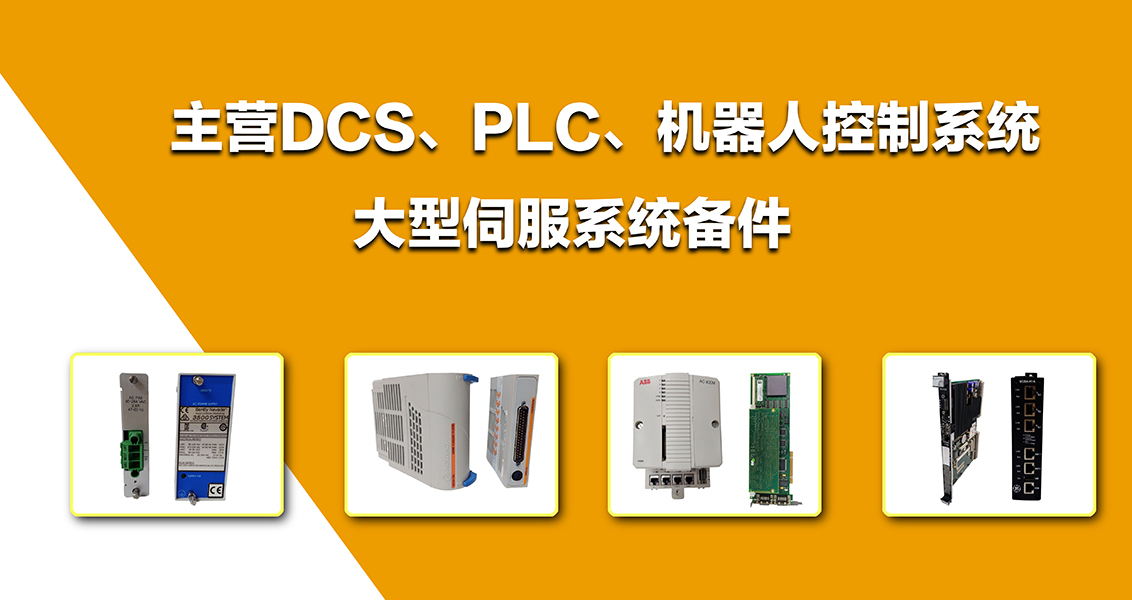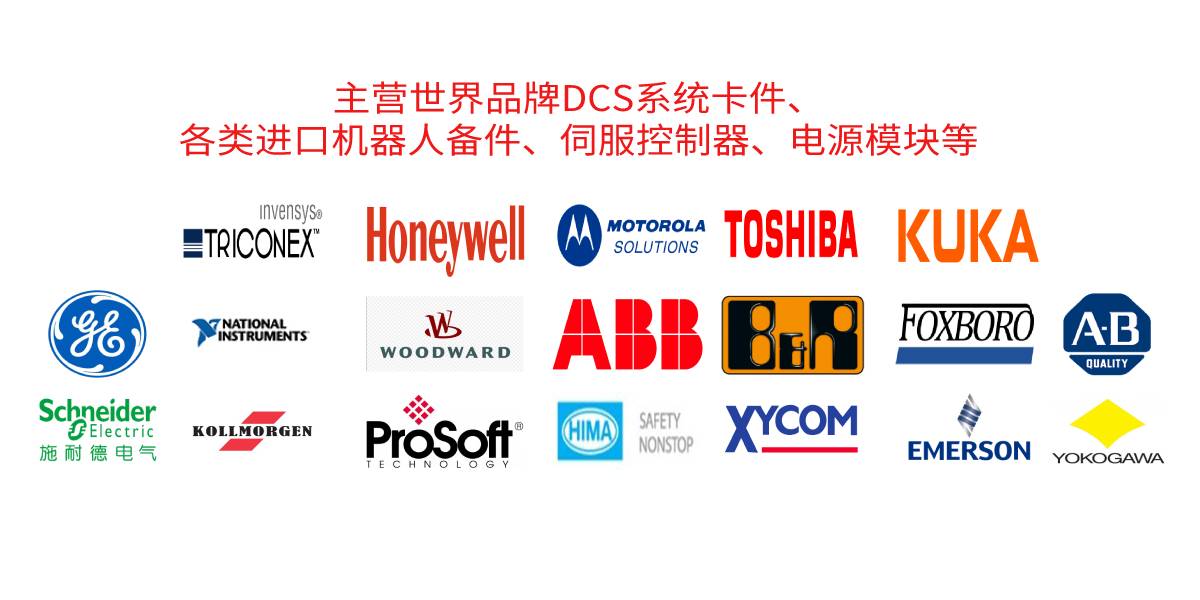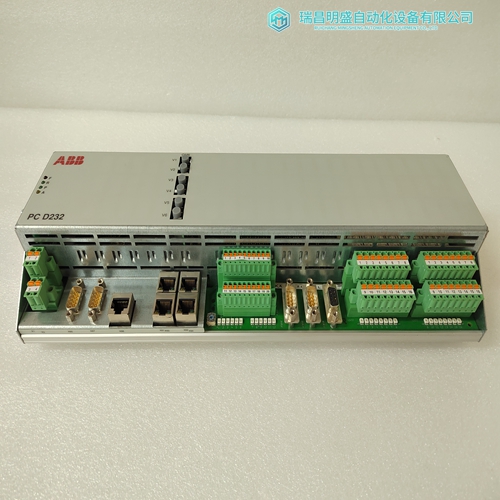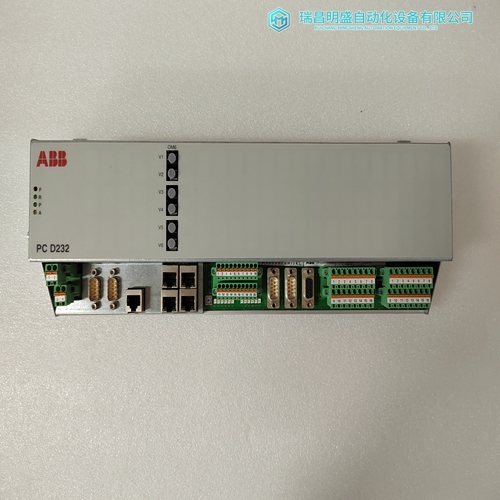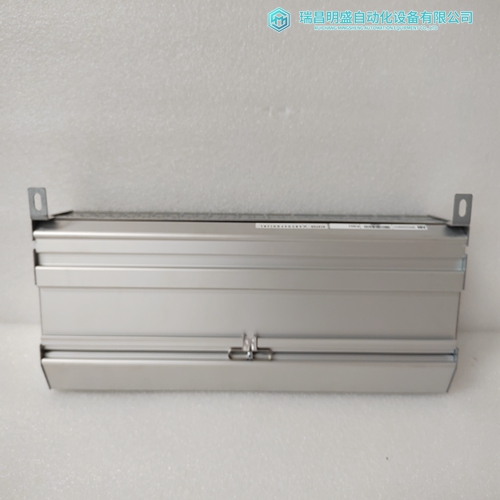产品细节介绍
3BHE022293R0101控制处理器模块
a) 369 CT耐受性当相位或接地CT能够驱动大量电流进入继电器中的插入式CT时,耐受性非常重要。当电流互感器的尺寸不足以承受继电器的负荷时,这通常发生在改造装置上。
电子继电器通常具有低负载(8mΩ 369),而较旧的机电继电器通常具有较高的负担(1Ω).
对于大电流接地故障,系统将为低电阻或可靠接地。决定可在这些类型系统中流动的接地故障电流的限制因素是电源容量。耐受性对于高电阻接地系统的接地故障。在这些系统中,电阻器将电源连接至电源(发电机、变压器)接地。选择电阻值,以便在发生接地故障时,电流流量限制在低值,通常为5、10或20 a。由于存在较大故障的可能性(排除高电阻接地系统上的接地故障),故障必须尽快清除。因此,建议短路和高接地故障的延时为设置为瞬时。那么369 CT承受高耐受的持续时间将小于250 ms(369反应时间小于50ms+断路器清除时间)。必须注意确保中断装置能够中断潜在故障。如果不,应使用其他中断故障的方法,并且应禁用相关功能(例如,熔断接触器依靠保险丝来中断大故障)。369个CT受到高电流持续1秒。CT能够处理500 A(500 A相关CT初级额定值的100倍)。如果所需的持续时间小于1秒,耐受水平将增加。
b) CT尺寸和饱和度
继电保护级CT的额定值(根据ANSI/IEEE C57.13.1)可采用以下格式给出:2.5C100、10T200、T1OO、10C50或C200。字母前面的数字表示最大比率修正;这个位置没有号码这意味着CT精度保持在10%的比率校正范围内,从0到20倍的额定值。
字母表示CT类型:•A‘C’(前身为L)表示在堆芯中泄漏通量较低的CT,对比率没有明显影响在等级和评级规定的范围内使用时。“C”表示已计算;实际比率修正应与计算的比率修正值相差不超过1%。“C”型CT通常是具有均匀分布绕组的套管、窗口或条形CT。
•“T”(以前称为H)表示一种CT,其核心具有高泄漏通量,对CT性能有显著影响。“T”代表测试;由于比率校正是不可预测的,因此需要通过测试来确定。“T”型CT是典型的初级绕组具有不均匀分布的绕组。随后的数字规定了全绕组在20倍额定二次电流且不超过该比率的情况下可提供的二次端子电压由评级的第一个数字指定的修正。(例如:10C100可以在20×5 a时产生100 V电压,因此适当的外部负担为1Ω 或小于20倍额定二次电流,比率小于10%修正。)注意,电压额定值位于CT的二次端子,内部电压降穿过CT的设计必须考虑二次电阻。有七种额定电压:10、20、50、100、200、400和800。如果电流互感器接近更高的额定值,但未达到或超过该额定值,则电流互感器的额定值必须为较低的值。
为了确定CT可以输出多少电流,需要CT的二次电阻。这种阻力将成为方程的一部分,以限制电流。这取决于CT二次侧可能产生的最大电压除以整个二次侧电阻(包括CT二次电阻)。
a) 369 CT WITHSTAND
Withstand is important when the phase or ground CT has the capability of driving a large amount of current into the interposing CTs in the relay. This typically occurs on retrofit installations when the CTs are not sized to the burden of the relay. Electronic relays typically have low burdens (8 mΩ for 369), while the older electromechanical relays have typically high burdens (1 Ω). For high current ground faults, the system will be either low resistance or solidly grounded. The limiting factor that determines the ground fault current that can flow in these types of systems is the source capacity. Withstand is not important for ground fault on high resistance grounded systems. On these systems, a resistor makes the connection from source to ground at the source (generator, transformer). The resistor value is chosen so that in the event of a ground fault, the current that flows is limited to a low value, typically 5, 10, or 20 A. Since the potential for very large faults exists (ground faults on high resistance grounded systems excluded), the fault must be cleared as quickly as possible. It is therefore recommended that the time delay for short circuit and high ground faults be set to instantaneous. Then the duration for which the 369 CTs subjected to high withstand will be less than 250 ms (369 reaction time is less than 50ms + breaker clearing time). Care must be taken to ensure that the interrupting device is capable of interrupting the potential fault. If not, some other method of interrupting the fault should be used, and the feature in question should be disabled (e.g. a fused contactor relies on fuses to interrupt large faults). The 369 CTs were subjected to high currents for 1 second bursts. The CTs were capable of handling 500 A (500 A relates to a 100 times the CT primary rating). If the time duration required is less than 1 second, the withstand level will increase.
b) CT SIZE AND SATURATION
The rating (as per ANSI/IEEE C57.13.1) for relaying class CTs may be given in a format such as: 2.5C100, 10T200, T1OO, 10C50, or C200. The number preceding the letter represents the maximum ratio correction; no number in this position implies that the CT accuracy remains within a 10% ratio correction from 0 to 20 times rating. The letter is an indication of the CT type: • A 'C' (formerly L) represents a CT with a low leakage flux in the core where there is no appreciable effect on the ratio when used within the limits dictated by the class and rating. The 'C' stands for calculated; the actual ratio correction should be different from the calculated ratio correction by no more than 1%. A 'C' type CT is typically a bushing, window, or bar type CT with uniformly distributed windings. • A 'T' (formerly H) represents a CT with a high leakage flux in the core where there is significant effect on CT performance. The 'T' stands for test; since the ratio correction is unpredictable, it is to be determined by test. A 'T' type CT is typically primary wound with unevenly distributed windings. The subsequent number specifies the secondary terminal voltage that may be delivered by the full winding at 20 times rated secondary current without exceeding the ratio correction specified by the first number of the rating. (Example: a 10C100 can develop 100 V at 20 × 5 A, therefore an appropriate external burden would be 1 Ω or less to allow 20 times rated secondary current with less than 10% ratio correction.) Note that the voltage rating is at the secondary terminals of the CT and the internal voltage drop across the secondary resistance must be accounted for in the design of the CT. There are seven voltage ratings: 10, 20, 50, 100, 200, 400, and 800. If a CT comes close to a higher rating, but does not meet or exceed it, then the CT must be rated to the lower value. In order to determine how much current CTs can output, the secondary resistance of the CT is required. This resistance will be part of the equation as far as limiting the current flow. This is determined by the maximum voltage that may be developed by the CT secondary divided by the entire secondary resistance, CT secondary resistance included.

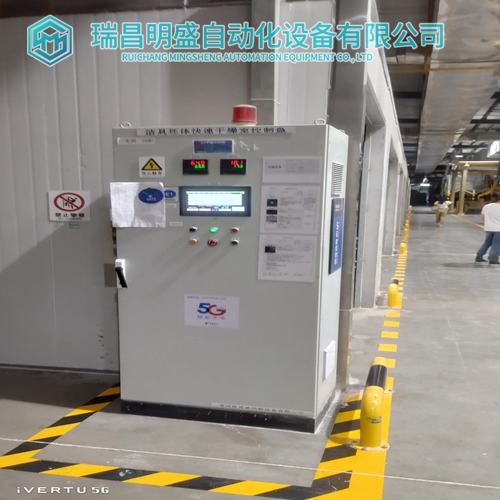
公司主营产品图展示
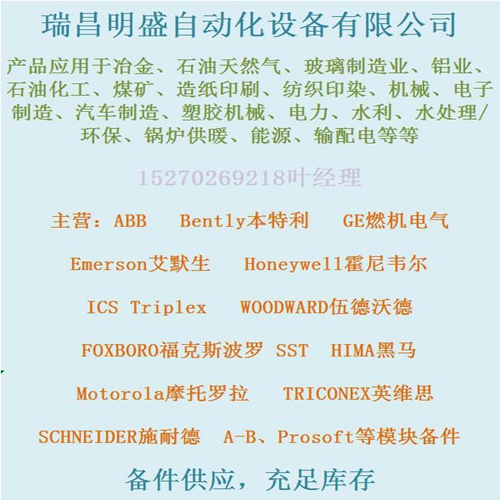
产品优势
1:国外专业的供货渠道,具有价格优势
2:产品质量保证,让您售后无忧
3:全国快递包邮
4:一对一服务
公司主营范围简介
PLC可编程控制器模块,DCS卡件,ESD系统卡件,振动监测系统卡件,汽轮机控制系统模块,燃气发电机备件等,优势品牌:Allen Bradley、BentlyNevada、ABB、Emerson Ovation、Honeywell DCS、Rockwell ICS Triplex、FOXBORO、Schneider PLC、GE Fanuc、Motorola、HIMA、TRICONEX、Prosoft等各种进口工业零部件、欧美进口模块。
产品广泛应用于冶金、石油天然气、玻璃制造业、铝业、石油化工、煤矿、造纸印刷、纺织印染、机械、电子制造、汽车制造、塑胶机械、电力、水利、水处理/环保、锅炉供暖、能源、输配电等等




